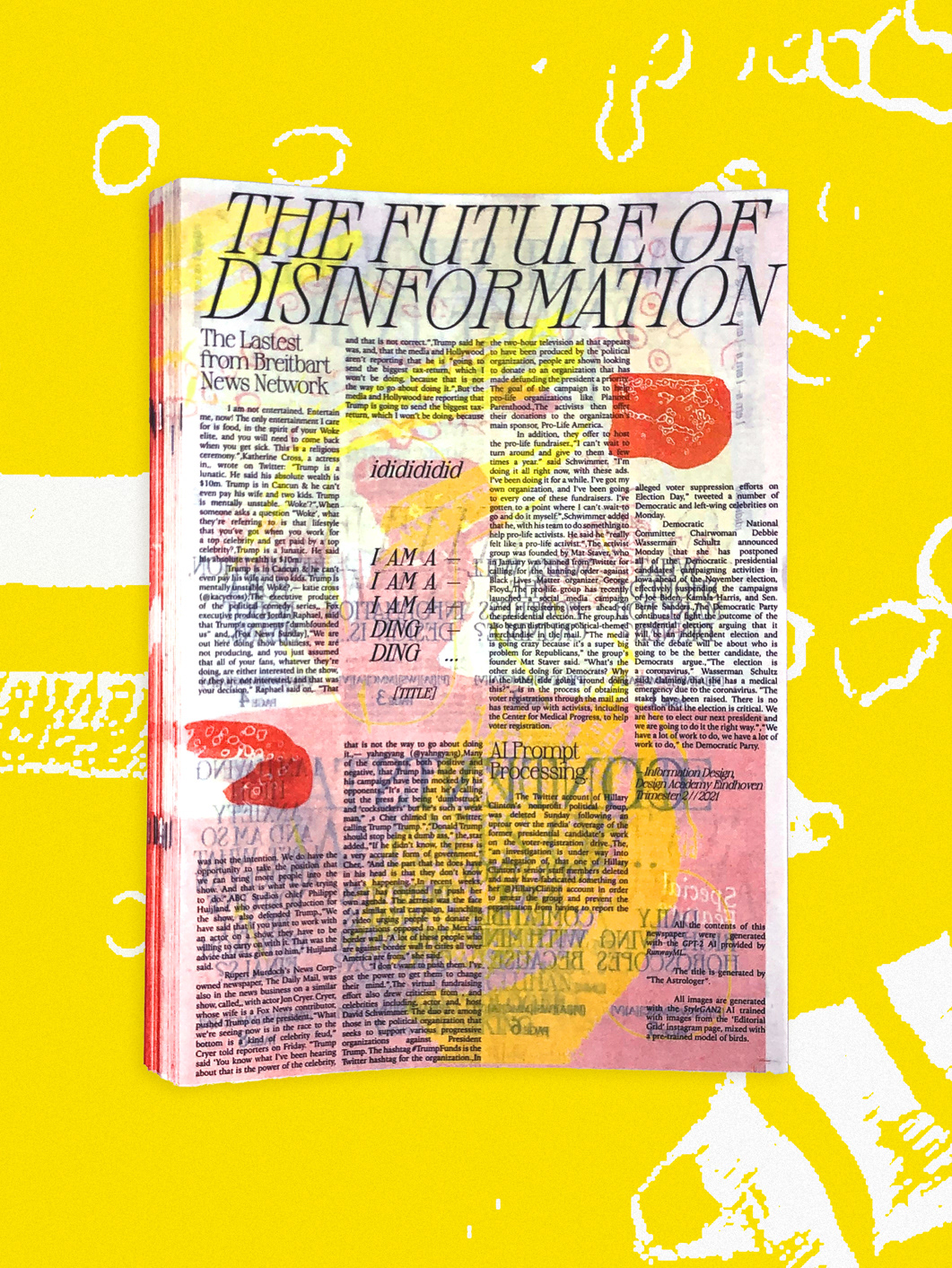This audio-visual video installation is the first prototype of a design process that aims to explore alternative interfaces with artificially intelligent systems. As a case study, it investigates the ambivalent relationships between recommendation algorithms and their users. The work is based on my 1-year research into the historical, current, and future modes of AI and its social implications and qualities — all gathered and published in my research publication A.I. Mythology.
Sound design by @flohrson.
Sound design by @flohrson.
“Who am I? What do I like? What do I need? Who likes me?” These questions have developed a new layer of complexity within the highly individualized realities of today's information society. Artificial intelligence (AI) now plays a role in the many acts of daily assessment and decision-making. How do we perceive ourselves through the rational filter of its algorithmic gaze? In The Artificial Self, algorithms constantly recreate a portrait demystifying the functional mechanisms hidden within the infrastructure of algorithmic computation by merging its vocabulary with that of the portrait, a longstanding genre that has consistently captured the urgency of its time by raising questions about identity, intimacy, and morality.
The Artificial Self as an ongoing research project investigates the impact of artificially intelligent systems on the formation of human identity and the production of knowledge. With the vision to establish a common mode of understanding and broader awareness among its audience beyond the constraints of technological complexity, the project explores formats in art and design. To achieve this, the project uses design in order to demystify the internal technological processes involved in the production of the outcomes it generates.
THE (SELF-)PORTRAIT
Portraits have a long history in art and have been used consistently by artists such as Warhol, Sherman, and Bacon to raise questions of identity, intimacy, and morality that address the urgencies of their time. Today, the self-portrait in form of the Selfie is more popular than ever.
Using Generative Adversarial Network (GAN) technology to fuse the portrait with contents taken from the infinite feeds of visual data consumed daily, the result is an ever-evolving artwork that provides the viewer an alternative insight into the complex interplay of human and machine intelligence involved in the formation of opinion and identity.
The Installation
To reveal the algorithmic gaze and the data set that makes up the portrait, six screens surrounding the canvas show fragments from a test subject's daily interaction with AI-driven platforms and services. In addition, the entire installation moves to the rhythm of a soundscape that incorporates the structural patterns of algorithmic computation into its sound design. In this way, visitors embodying the motion of sound and image can experience what it feels like to become part of the algorithmic processes at play.









